2013
Google Glass actually gets into user and developer hands
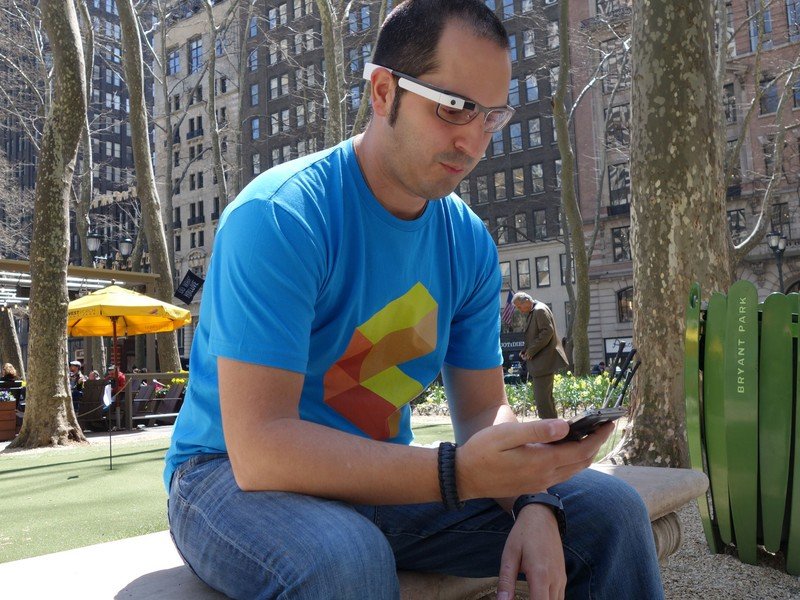
While Google Glass technically debuted in 2012 when Sergey Brin skydived into Google I/O while wearing one, 2013 was when Google Glass opened up to developers and the Google Glass Explorers contest let us all dream up our fantastical uses for the future specs that put a tiny HUD display over your right eye.
If Google liked your entry, you could be an elite Explorer and have the honor of paying $1,500 — plus flight and hotel for a trip to New York, Los Angeles, or San Francisco — for a product that had very unique potential, but also a lot of bugs to work out, such as the dreaded foil problem, limited app compatibility, and public concerns over distracted users and privacy.
Google Glass is still kicking around in the Enterprise space, where Google unveiled a Google Glass Enterprise Edition 2 earlier this year. For regular consumers, though Google Glass was pretty much left to die on the vine, with a small but dedicated group holding on as long as they could before having to move on to Focals by North and other smart glasses.
Google acquires Waze on the road to dominating maps
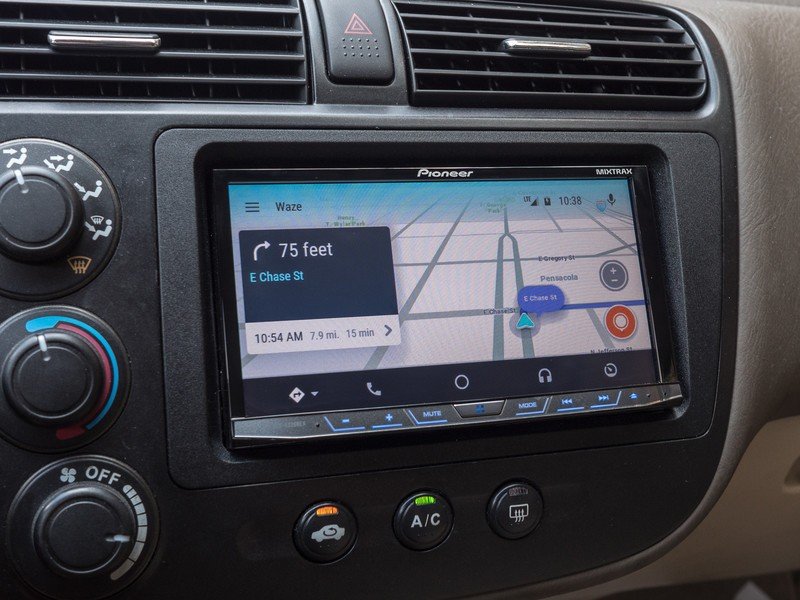
Waze, the crowdsourced maps and navigation app, is without a doubt one of the buyouts Google made in this decade that were complete no-brainers, as Waze's crowdsourced slowdowns and alerts about accidents, speed traps, and other hazards was something that Google Maps had sorely needed for years. Buying Waze was a little like buying YouTube: it gave Google a great app that could enhance its own service and Google gave it the backing and search prowess of the biggest search engine in the world.
It didn't take long to see some of those perks manifest in the Google Maps app — and for Google's own search and StreetView optimizations to migrate to Waze — but even six years later we still don't quite have feature parity between the two. That's perfectly fine because Waze remains Google Maps best alternative, and it continues to thrive along a parallel path from Google Maps.
Google convinces manufacturers to clean up their act with Google Play Edition phones

Announced at Google I/O 2013, the Samsung Galaxy S4 Google Play Edition ditched TouchWiz for a cleaner stock build of Jellybean. This was the first of a small series of phones that showed much promise, but ultimately floundered. Google Play editions of phones like the Galaxy S4 and HTC One gave us a look at how some of the most popular phones on the market would behave with Google building and updating the software instead of the manufacturers themselves. In other words, Google Play Editions gave us top-of-the-line phones with actual consistent updates.
It was a fun experiment, and one I firmly believe was a necessary step on Google's way to the Android One program, which now helps users find phones with consistent software updates without spending flagship-tier money.
Get the latest news from Android Central, your trusted companion in the world of Android
Google Play Editions were kept up to date almost as well as the Nexus line, but since they received no real marketing, barely anyone knew they existed since they were sold exclusively on the Google Play Store.
Motorola's first phones under Google, Moto X and Moto G, change the industry (for better or worse)
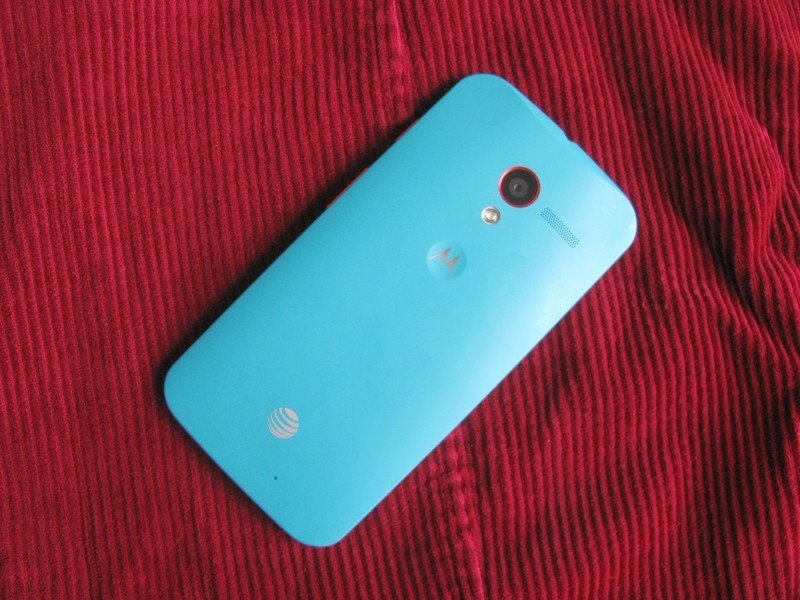
When you look at phones that really shook things up over the last ten years, you absolutely cannot have that discussion without Motorola's 2013 lineup, specifically the original Moto X. From the customized, Texas-assembled Motomaker system to the first instances of features that are now part of every Android phone, the Moto X was a game-changing phone, and it was actually the phone that made me an Android nerd.
The first true product of Motorola under Google's direction, the Moto X had innovative features both big and small, from Touchless Controls — the always-listening precursor to Google Now and Google Assistant — to Trusted Bluetooth, which eventually morphed into Smart Lock. Despite its mid-range spec sheet, the Moto X proved to be a dependable phone that soared above its relatively modest price tag.
The Moto G that came a few months later might not have been quite as stunning as the Moto X, but for a phone under $200, it was a game-changer in its own right, redefining the budget phone market in ways that are still visible today, especially when it comes to crafting a phone for users in the developing world.
Google steps out of its comfort zone with the $1300 Chromebook Pixel

While early Chromebooks had all been budget machines, the Chromebook Pixel was the first to push the premium envelope and show what Chrome OS could do — and what Google could do — with a premium laptop. Beautifully designed with an anodized aluminum and a big, beautiful 3:2 touchscreen, the Chromebook Pixel was proof that done right, a Chromebook is a laptop to love.
Granted, the Chromebook Pixel started at $1,300 and battery wasn't even half of what we tolerate on a Chromebook today, but it was a big deal at the time and that 3:2 screen was a gem, eventually being used in a number of laptops, tablets, and detachables.
The HTC One gives us big pixels (and an aluminum body)
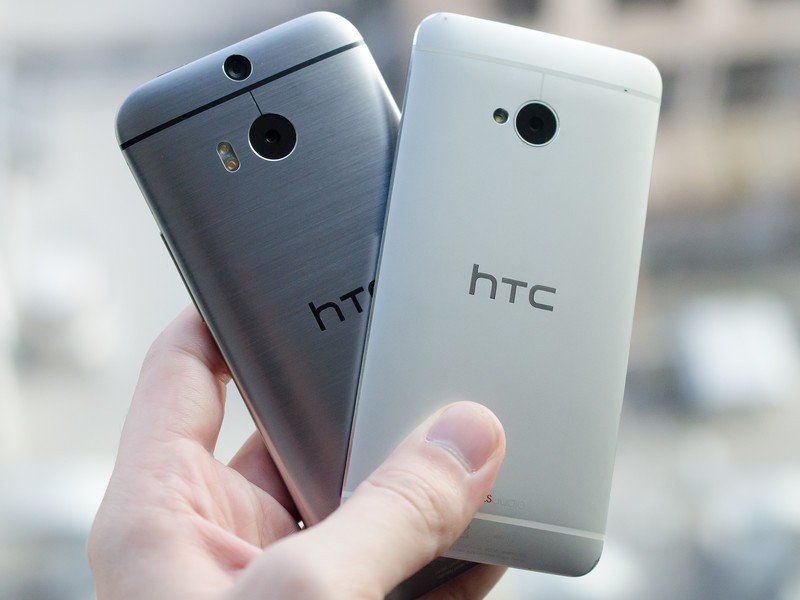
It may seem trivial and almost cute now to talk about cameras with big pixels and phones with aluminum bodies as if those things are not standard on nearly every phone today, but back in 2013, HTC was a pioneer in both of those fields.
The HTC One, known later as the One M7, was the peak of the Taiwanese company's design and engineering prowess, releasing a phone as beautiful as it was ambitious. Both front and back, there were reasons to be intrigued: the screen was incredible, among the best of its time, and the rear camera traded megapixels for pixel size, giving us a glimpse of the low-light-friendly future that computational photography would allow.
The Nexus 5 brings LTE to the Nexus line for just $350
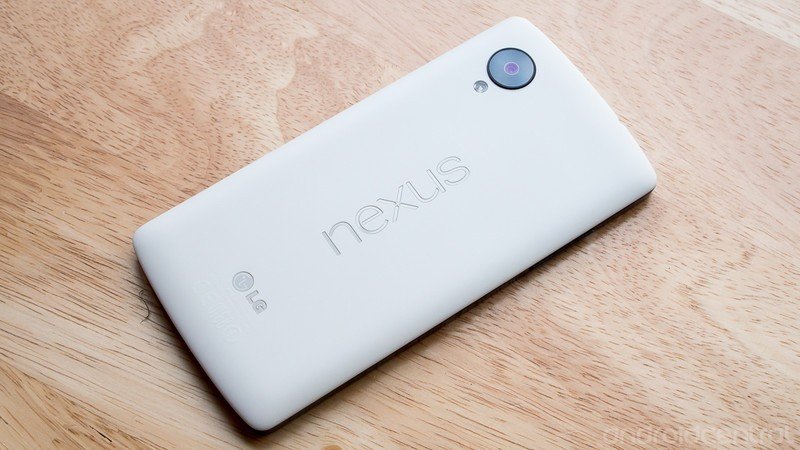
It was hard to beat the beauty of the glass-backed Nexus 4, but the Nexus 5 was more durable, more capable, and didn't have nearly as many compromises for its price tag. This was the first Nexus phone to have LTE, and it had "OK Google" functionality, though not quite on the Moto X's level.
Sure, the battery life was semi-average — proof that Google's battery woes go back much further than the four years we've seen with the Pixel line — and the camera was kind of weird, but this was a solid phone for $350. It was the kind of phone that could work great for regular users as well as enthusiasts obsessed with having the latest features.
The Chromecast brings the beginning of Google's streaming dominance

This was one of the bigger surprises out of Google I/O 2013 and it was a product that evolved and endures to this day: the Google Chromecast. While it only supported seven apps at launch, that number quickly grew, and its ability to turn an old 'dumb' TV into a smart TV without having to worry about keeping another remote around or log into your services on yet another device was refreshing.
The Google Cast protocol that the Chromecast operates on expanded to speakers, audio-video receivers, Android TV consoles and even to a lot of TVs these days since manufacturers can add Chromecast built-in to their devices without jumping through too many hoops, and no matter which Chromecast device you're using, the interface is the same on them all.
While the current Chromecasts look nothing like the oversized thumb drive dongles launched in 2013, the original Chromecast has help up remarkably well. There's still two alive and kicking in my parents' house right now, tough as the day we bought them for $35.
Decade in review: Google Chromecast and Google Cast revolutionized how we stream media
-Ara Wagoner

